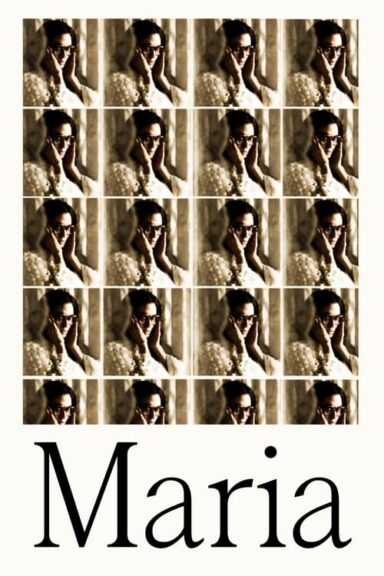
A film by Pablo Larraín
With: Angelina Jolie, Pierfrancesco Favino, Alba Rohrwacher, Haluk Bilginer, Kodi Smit-McPhee, Valeria Golino, Stephen Ashfield, Alessandro Bressanello, Rebecka Johnston, Botond Bartus
1977: Maria Callas, once the world’s greatest opera diva, lives in seclusion in Paris with her staff and her two poodles. Her health is getting worse and worse. Then she receives a request to go on tour again. Will La Callas sing again? And if so, for whom?
Our rate: **
Pablo Larrain returns to a format that is dear to his heart, and is consistent with his previous projects. The character of Maria Callas echoes Jackie (Kennedy) more than Neruda, but since it’s about telling the story of an era, an art form and a person all at once, one of the main challenges facing the Argentine director was to find his narrative angle of attack. Here, as with Neruda, he opts for a surrealist procedure, summoning a demon ghost, a certain Mantrax, a hallucinatory drug that becomes the Diva’s confidant journalist, in other words, the medium between the spectator and Larrain’s representation of Callas. The idea was certainly worth the project, just as the puppet Gainsbarre allowed Joan Sfar to evoke Gainsbourg‘s dark side, his demons, with a certain gentleness. But here, Larrain very quickly establishes an atmosphere that is too predictable, dystopian, centered not on Maria, the person, and ultimately little on La Callas, the artist and her relationship to her art, but rather on a nightmarish state, a drug-induced crossing of the Styx, secondary characters present but powerless at the side of the drifting star, and a little too, a bygone era or one that is beginning to crumble. He takes hold of a legend, and its clichés, which will feed, by tableau, a narrative that is too pared down, and particularly distant. In the foreground, the grandiloquence of the mise-en-scène, the masterful choreography typical of Larrain‘s cinema, and the mannered performance of Angelina Jolie (we would have liked to have seen an incarnation) are all worthwhile, dominating to the point of overshadowing the intimate story, if not the entire character. It’s all about spectacle, performances, vague emotions, but very little about reality. Larrain loses himself in his very concept, his constant to-ing and fro-ing between fantasies and memories quickly turning into a confused, perfectly sterile profusion. This is due to dialogue that is sometimes extraordinarily commonplace, sometimes deceptively enigmatic, but never intellectual. It’s also due to an assumed monotony that embraces the disenchantment of a star unable to return to the stage, Larrain seems far from knowing Maria Callas himself, or having surrounded himself in his writing with people who could have brought him closer to her. Even the psychiatric – or psychological – part of the story lacks truth and reality; here, too, Larrain seems to be telling us about something he observes from a distance, like an ordinary person who learns from the press that an idol was addicted to drugs – a subject which, if it had been tackled head-on and not from the angle of the domestic staff’s virtual renunciation of this fate, could have greatly enhanced the story. Predictable and cold, this film is cruelly lacking in vision, inspiration and flights of fancy, despite its overall flamboyance and lyrical attempt. The shadow part, the demons of La Callas, would have lent itself to an altogether different development, more analytical, more in-depth, more malignant and embodied, than this exercise in style, this requiem, all in all vain and almost inert.

